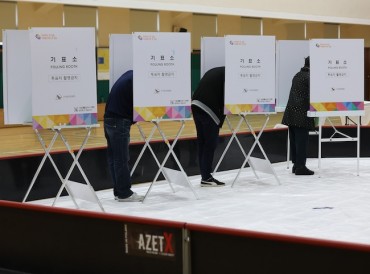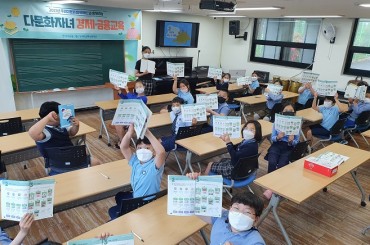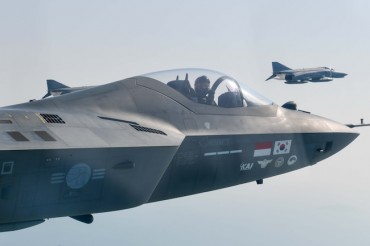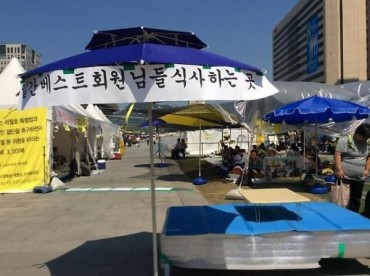
A person takes a COVID-19 test at a testing site near Seoul Station in central Seoul on Sept. 4, 2021. (Yonhap)
SEOUL, Sept. 4 (Korea Bizwire) — South Korea’s daily new coronavirus cases rose above 1,800 on Saturday, though the country kept tight vigilance with the extension of stringent social distancing measures ahead of a major national holiday.
The country added 1,804 more COVID-19 cases, including 1,776 local infections, raising the total caseload to 258,913, according to the Korea Disease Control and Prevention Agency (KDCA).
The latest tally is up from 1,709 reported Friday. Daily cases have stayed above 1,000 for the last two months.
The country added seven more deaths from COVID-19, raising the death toll to 2,315, the KDCA said. The fatality rate came to 0.89 percent.
As of 9 p.m. Saturday, 1,475 new cases had been reported across the country, 269 fewer than at the same time Friday, according to health authorities and local governments. Daily new cases are counted until midnight and announced the following morning.
The health authorities have been stepping up antivirus efforts as the pandemic has shown few signs of abating due in large part to the spread of more transmissible COVID-19 strains, including the delta variant.
Ahead of Chuseok, the Korean equivalent of Thanksgiving, which takes place from Sept. 18-22, the authorities decided to keep the current distancing measures — Level 4 in the greater Seoul area, which is the highest in the four-tier system, and Level 3 in other regions — through Oct. 3.
But some of the restrictions will be eased.
The country has been banning gatherings of more than four people nationwide, but health authorities have decided to allow gatherings of up to six in the capital area, though they should include at least two vaccinated people during the daytime and four after 6 p.m.
Other updated measures include allowing restaurants and bars in the greater Seoul area to operate until 10 p.m., an hour later than the current restriction of 9 p.m.
Health authorities, meanwhile, expect the country’s daily infection tally to reach a peak of 2,300 later this month before falling gradually.

People wait to take a COVID-19 test at a testing site near Seoul Station in Seoul on Sept. 4, 2021. (Yonhap)
A total of 29.87 million people, or 58.2 percent of the country’s 52 million population, have received their first shots of COVID-19 vaccines, and 17.48 million people, or 34 percent, have been fully vaccinated, the KDCA said.
So far, 190,118 cases of suspected post-vaccination side effects have been reported, though 95.7 percent of them were found to involve mild symptoms, such as muscle pain, fever and headache. There have been 555 deaths following vaccination.
The country plans to provide at least one jab to 70 percent of the population by the end of September to create herd immunity in November. South Korea’s inoculation program, however, recently has been challenged by a delayed supply of shots.
Of the newly confirmed domestic cases, 1,238, or 69.7 percent, were reported from the greater Seoul area, including 564 in the capital and 576 in the surrounding Gyeonggi Province.
The southeastern port city of Busan posted 49 new cases, while South Chungcheong Province and South Gyeongsang Province reported 97 and 49, respectively.
Cluster infections continued to crop up, putting a damper on the antivirus campaign.
The total number of infections traced to a Seoul market swelled by 27 to 28, while the number of cases linked to a hospital in Bucheon, just west of Seoul, rose by 22 to 23.
The number of cases tied to an agricultural product firm increased by 29 to 30, while the number of cases linked to a manufacturing firm in the southeastern county of Haman rose by 20 to 21.
Imported cases, which include South Korean nationals, came to 28. Of the total, 20 were from Asia, excluding China, and two each from Europe and Africa.
The number of patients with serious symptoms across the country reached 376, up nine from the previous day.
The total number of people released from quarantine after making full recoveries was 230,405, up 1,787 from the previous day.
(Yonhap)






